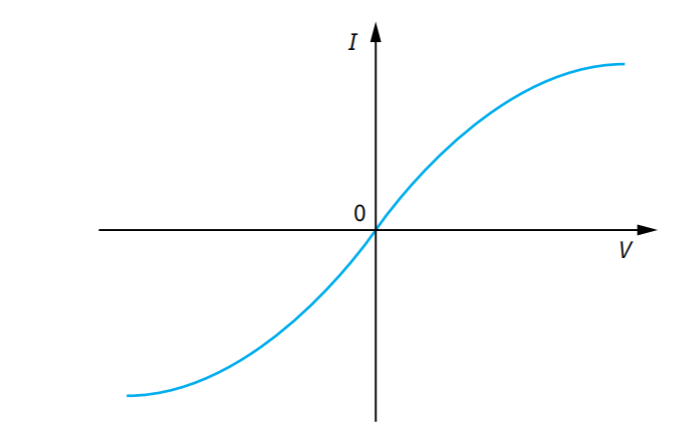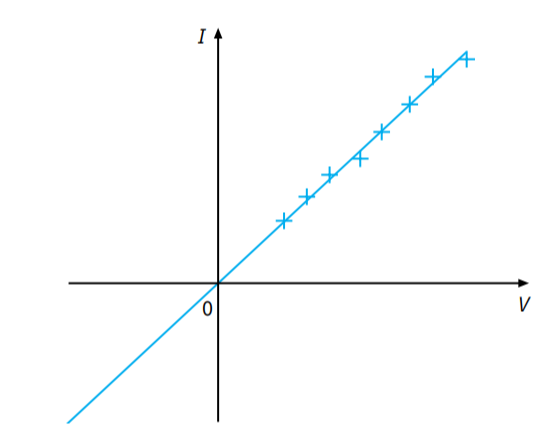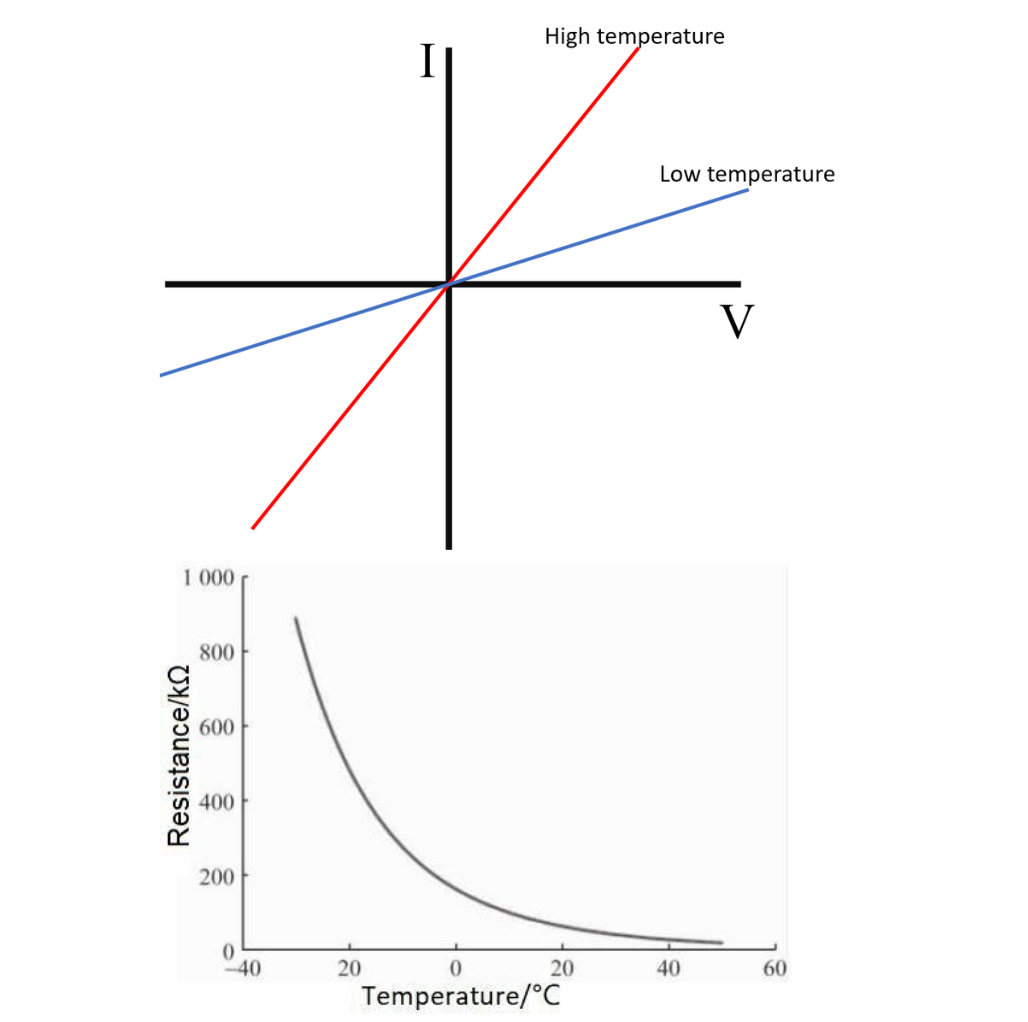Taking a look at the I-V graph
- The graph typically has potential difference (V) on the x-axis and current (I) on the y-axis.
- If the graph is a straight line passing through the origin, the component obeys Ohm's Law. If it's a curve, the opposite is true.
- The gradient of the I-V graph at any point represents the reciprocal of the resistance (1/R) of the component at that particular voltage.
- A steeper gradient means lower resistance, a shallower gradient means higher resistance.


